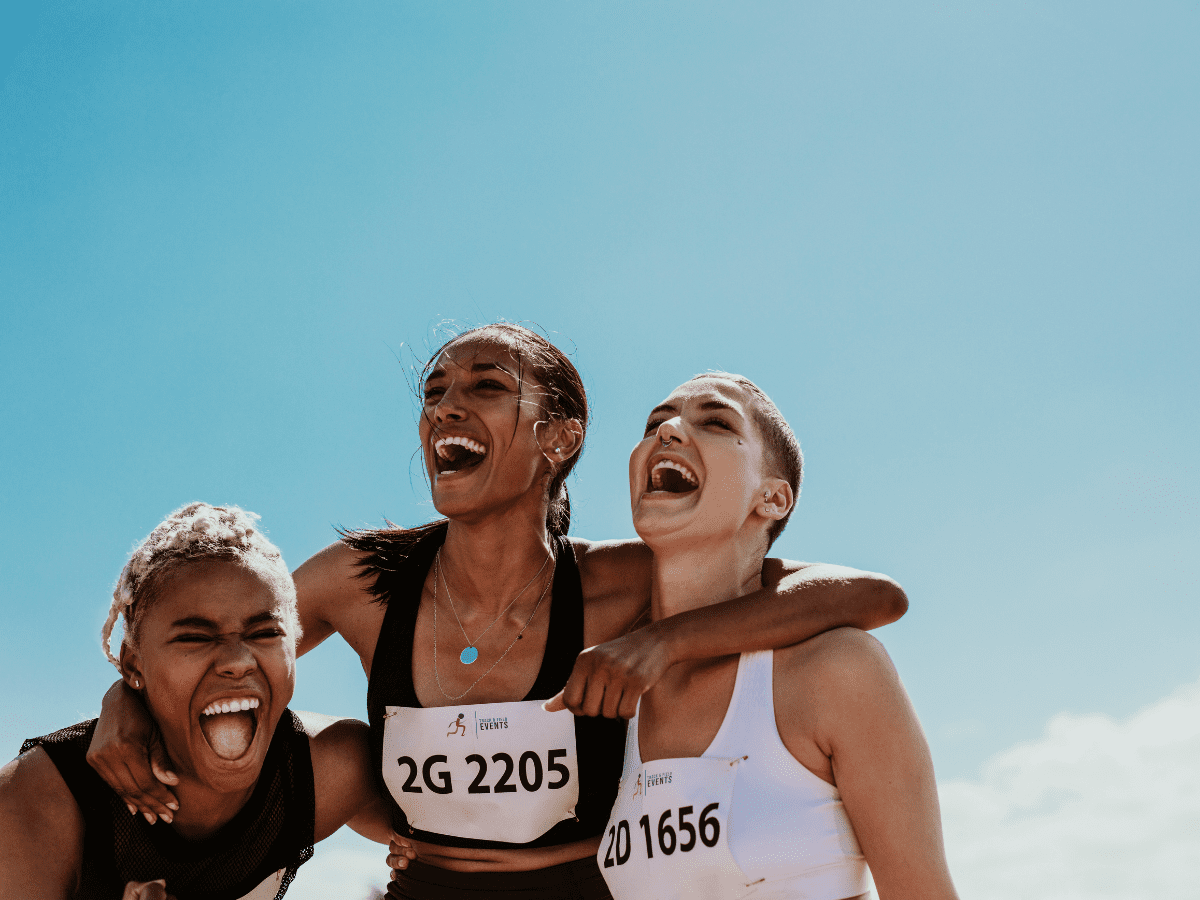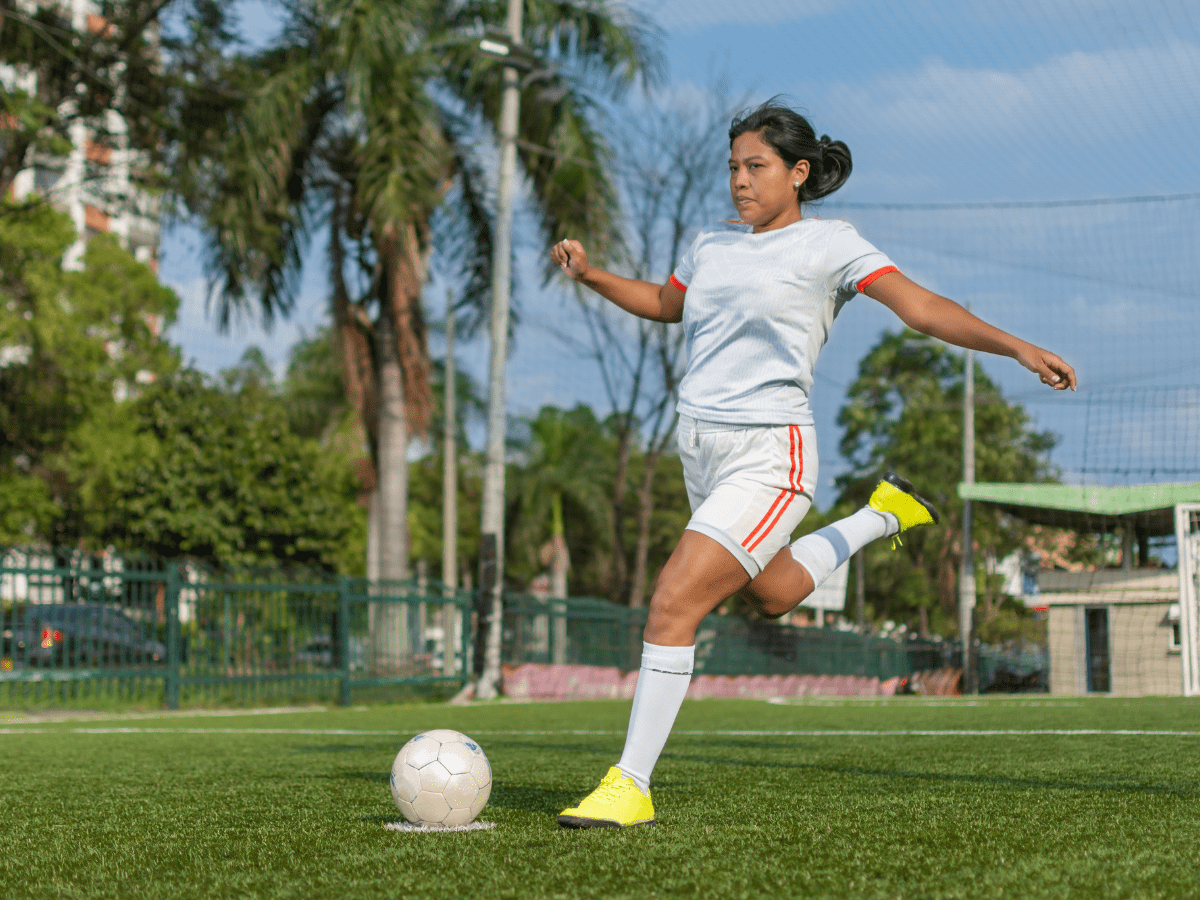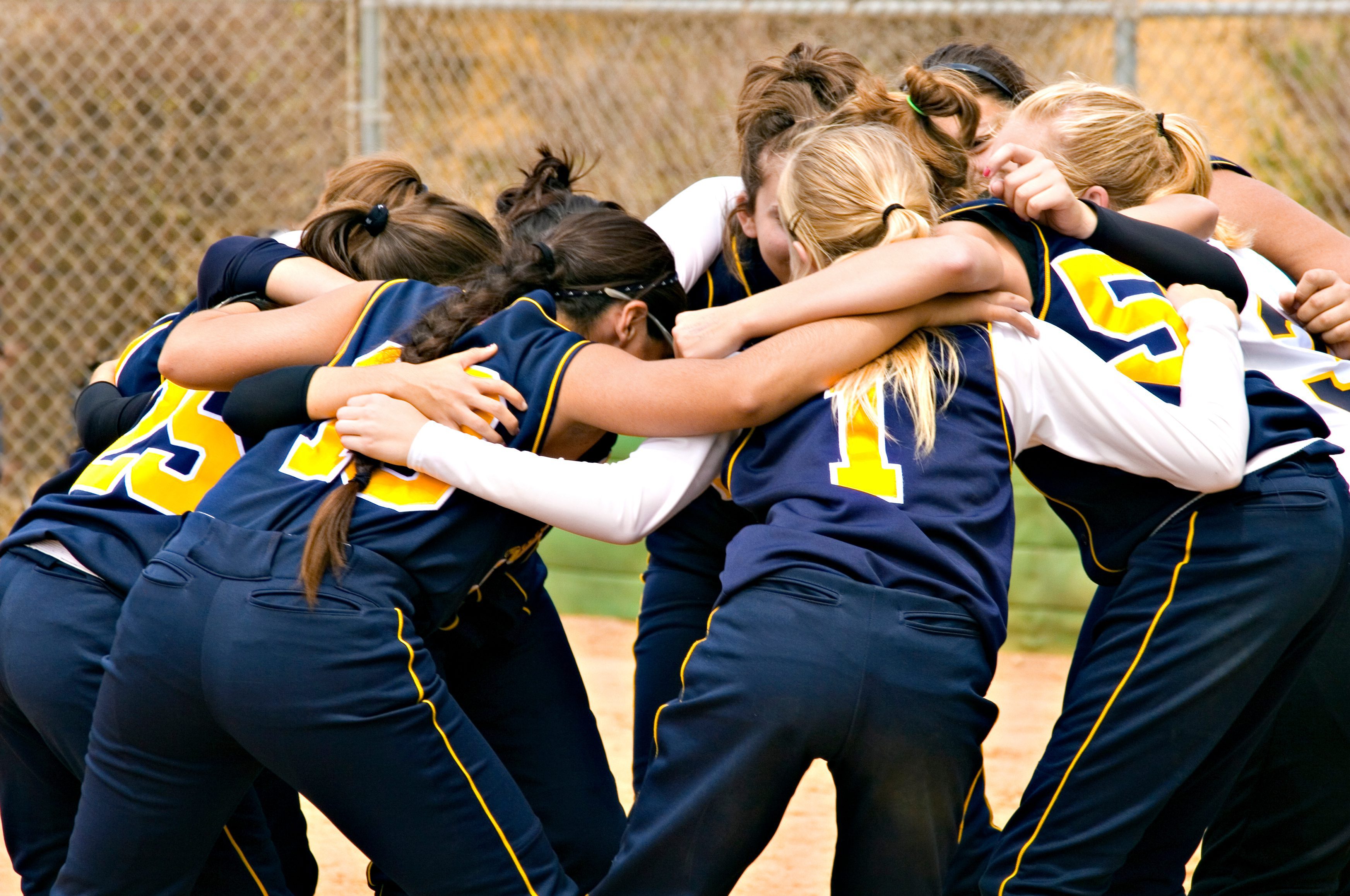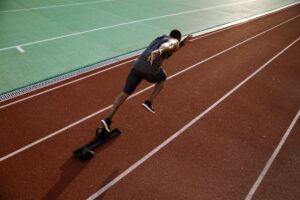Articles
SIRC articles provide evidence-based and actionable insights from sport researchers, athletes, coaches, sport organizations and thought leaders to advance sport in Canada.
Featured Article
Concussions in Sport: What Parents Need to Know About the Youngest Athletes
Each year in Canada, more than 200,000 athletes experience a concussion. The numbers are striking, and so is the fact that until recently, the youngest athletes were almost absent from research and public conversation about these injuries. Dr. Miriam Beauchamp is a professor at the University of Montreal, a researcher at Sainte-Justine Hospital, and Canada…

Search Articles

Reflecting on my life’s journey, I’m profoundly struck by the transformative impact that sport has had on every facet of my life. The journey from a young sport enthusiast to an elite performer was marked by various challenges and triumphs,...

Beyond the scoreboard: Sport’s role in climate action
May 13, 2024
| Oliver Scholfield
In recent years public awareness and concern about climate change have significantly increased. Organizations are increasingly acknowledging and addressing the direct link between their operations and climate change, embracing initiatives from paper straws to carbon offsets. However, as climate impacts...

Partnering in the pursuit of putting people first
May 13, 2024
| George Johnson
The objectives haven’t changed. The pathway in endeavouring to reach them, though, most certainly has. The aim is in the name. Pursuit. Pursuit in providing improved, impactful coaching and technical assistance to Canadian high-performance athletes. In increasing investment, both financial...

Team Canada athletes share the best advice they’ve received
May 13, 2024
| Caela Fenton
All athletes know that participating in sport is a learning process, no matter what level you play at. We asked some of Team Canada’s top athletes across a variety of sports for the best advice they’d ever been given–and almost...

Meaning, Trust, and Belonging: Exploring the Factors that Foster Elite Refugee Athletes’ Growth
January 22, 2024
| Cole Giffin
Introduction and Context Within the last decade there has been increased attention in supporting elite refugee athletes through sport. This attention includes international teams in the Olympics and national teams within their new countries. Many of these athletes have competed...

The challenges of shifting to a safer sport culture: High performance coach and administrator perspectives
August 21, 2023
| Eric MacIntosh, Shannon Kerwin and Alison Doherty
Highlights The calls for culture change across sports in Canada are persistent and louder than ever. Through our program of systematic research, we have listened to and shared high performance athletes’ perspectives about what appear to be accepted (or at...

Transitioning to inclusive sport: Understanding barriers to transgender Canadians’ participation in recreational and high-performance sport
July 17, 2023
| Sarah Teetzel
Project summary How and where trans athletes participate in sport is highly contested and inconsistent due to the competing, and often contradictory, policies in force throughout the country in different sport disciplines at a different levels of competition. This study...

All that glitters is not gold: The rising threat of competition manipulation
May 24, 2023
| Megan Cumming
You’d be hard pressed to visit a large Canadian city these days and not see a billboard for sports gambling. Maybe you’ve noticed a similar trend while watching TV, of athletes and celebrities telling us not only which sports books...

Canadian high performance athletes’ use of retirement resources
May 10, 2023
| Iman Hassan, Cassandra M. Seguin and Diane M. Culver
Earning a roster position as a nationally carded athlete is no easy task (“carding” refers to financial assistance from Sport Canada’s Athlete Assistance Program). Athletes spend years working on their craft to represent Canada on the international stage. The length...
Cannabis and sport: What athletes and sport organizations need to know
April 24, 2023
| Christian Cheung
Highlights With the exception of CBD, cannabinoids remain prohibited by the Canadian Centre for Ethics in Sport during the competition phase of the athletic season and therefore are not to be used by athletes Although some cannabis and CBD products...